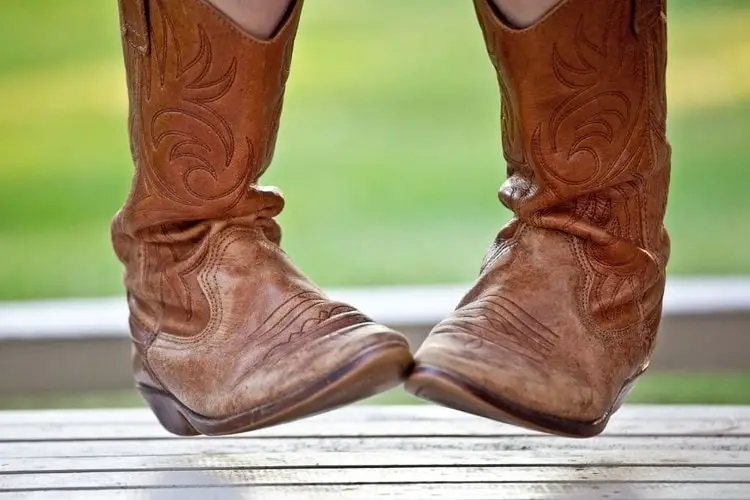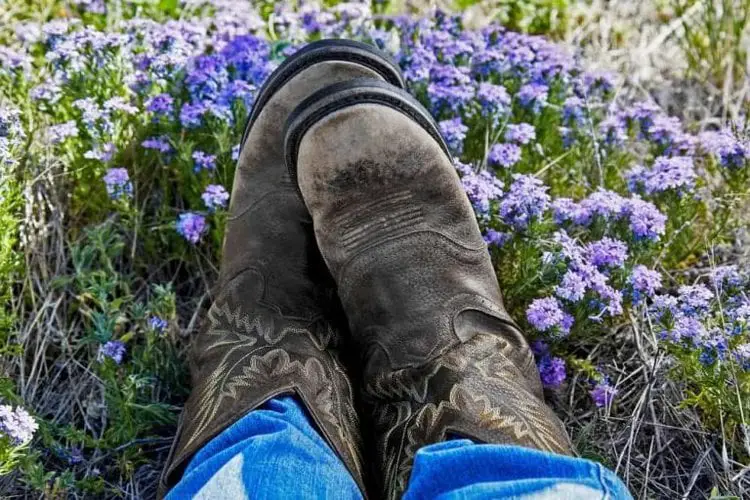
Sandals for bunions: “Go for wedges with no more than two inches of heel elevation,” she says, adding that styles with soft, stretchable leather uppers are best to prevent further aggravating the bony protrusions.She also notes that you can specifically look for wedges with built-in arch support. Sandals for flat feet: “Those with flat feet or fallen arches should buy shoes with a heel that’s at least one-inch tall but no more than three inches tall for optimal midfoot support,” Dr.“Most wedges are narrow, so make sure to buy a half size up.” Sandals for wide feet: “Look for soft upper materials, like canvas, that can stretch to accommodate the shape of the foot,” she says.If you have any of the below foot conditions, shop accordingly. Similar to when you’re looking for the most comfortable sneakers or comfortable flats, you should begin by assessing your foot type to find the most comfortable wedge sandals, Dr. The Best Wedge Sandals for Different Foot Types and Foot Conditions While the silhouette has been popping up more and more in ultra-modern updates, the wedge is a both a trendy and timeless wardrobe staple that’s far more functional than any other style of heel. We even saw people style classic style espadrille wedges and cork wedges of the early aughts.

Some fashion week attendees pulled out bold-colored slide-on wedges while others donned trendy PVC wedge sandals with midi dresses and flare pants. The street style set further proves our point, styling a variety of wedges with slip dresses, white jeans, and even knee-high socks. Khaite pushed the summery sandal style farther into fall with architectural inverted heels, strapping, and moodier finishes, while Reformation released trendy kitten heel-inspired slingbacks on angular block heels.

Bottega Veneta added sleek wedge heels to glossy mules and tall chrome boots, while Ferragamo toyed with the minimal buckles on inverted heels that call back to timeless Mary Jane styles. Function and high fashion fuse together in elevated abstract silhouettes while maintaining hints of classic heel and sandal styles.

Something about this season’s reimagined wedge feels chic and sophisticated. While the cork, raffia, and rope wedge heels remain a timeless staple for the summertime, autumnal notes of patent leather, deep hues, metallics, and snakeskin dominated the runways for transitioning season. Forget whatever outdated, early-aughts image pops into your head when you think of wedge sandals, because the comfortable style is officially back - and better than ever.īlock-heeled wedge sandals covered major ground on fall 2023 runways. Some of the most prominent designers of the moment like Bottega Veneta, Loewe, Dior, Alaïa, Ferragamo, and Khaite have introduced updated iterations of the wedge heel in a range of head-turning styles, from dainty sandals, clunky clogs, sleek slingbacks, and minimalist mules. Wedges have emerged as an unexpected breakout trend for fall 2023, as seen on the runways in reinvented silhouettes such as inverted block heels, modern platforms, and architectural curvature. There are so many ways to contextualize the summer staple for the fall, especially as new trends position wedge heels as a contemporary statement for year-round wear. Leather, metallic, or textile finishes on sandal uppers and strapping call for textural styling with slouchy socks, or even juxtaposed with sporty Nike gym socks as an eclectic style statement. They can be worn with anything from long trousers, midi skirts, denim dresses or sweater dresses. When the hot, sunny weather fades to a crisp fall breeze, you can still extend the wear of your stylish and comfortable walking sandal during the transitional months.

“Most people prefer wedges for exhibitions, weddings, and vacations because you get that graceful elongated leg without the pain of traditional heels.” Plus, you won’t find yourself sinking into outdoor surfaces like grass, sand, or cobblestone while you’re enjoying your fun in the sun. “In a wedge, the heel is elevated, but the outsole is a continuous solid platform, which allows for increased ankle stability and even weight distribution,” explains Silicon Valley-based podiatrist Najwa Javed.


 0 kommentar(er)
0 kommentar(er)
